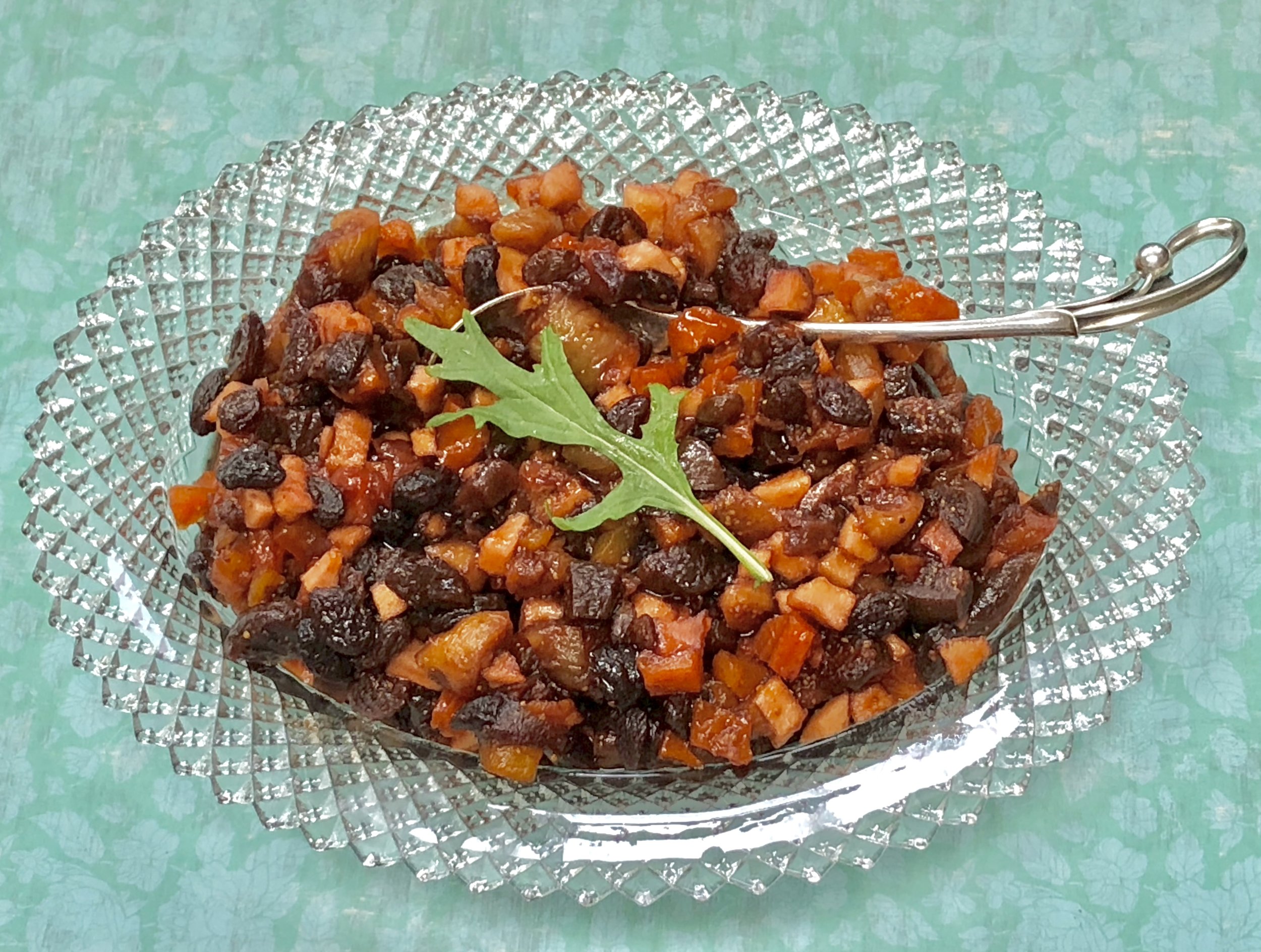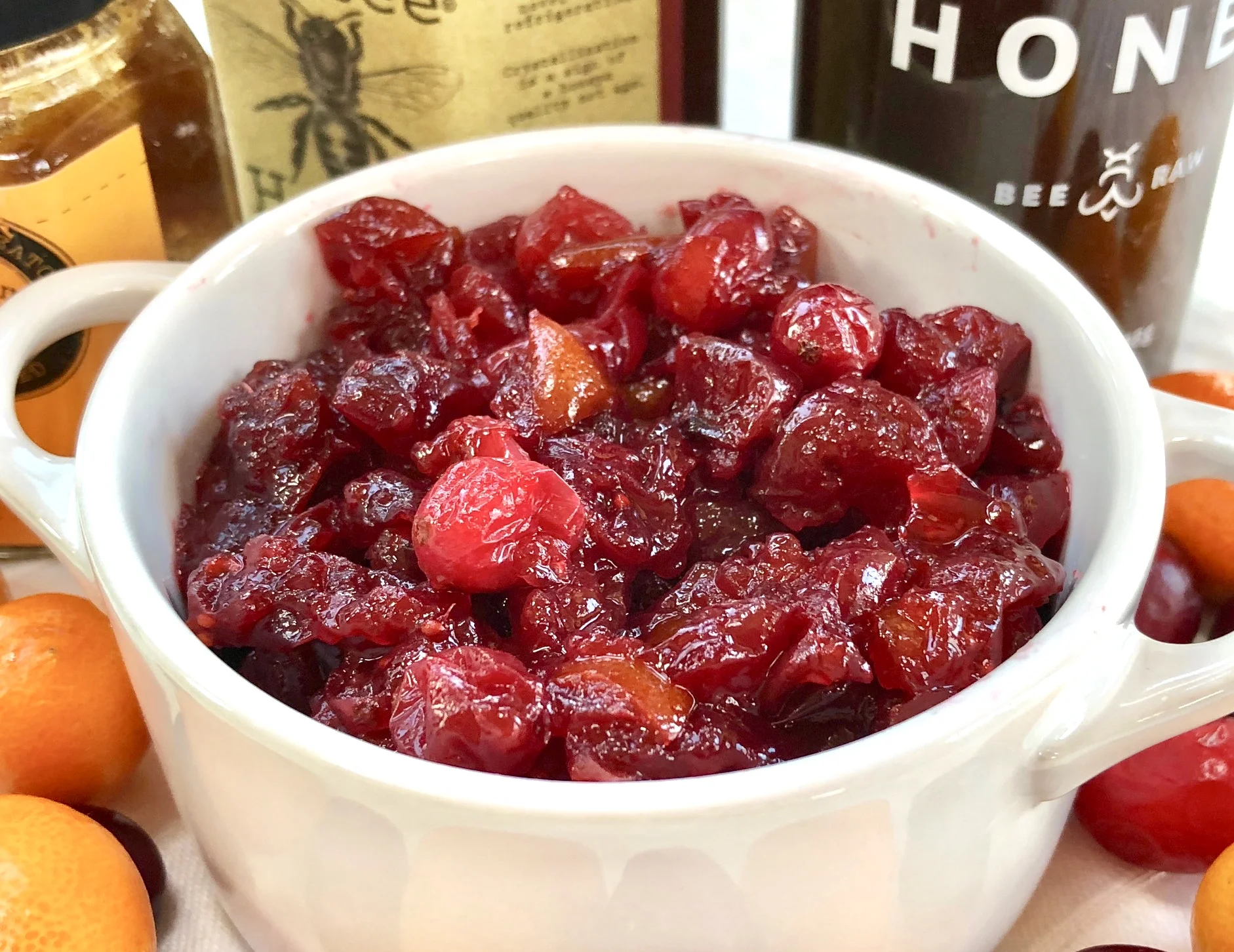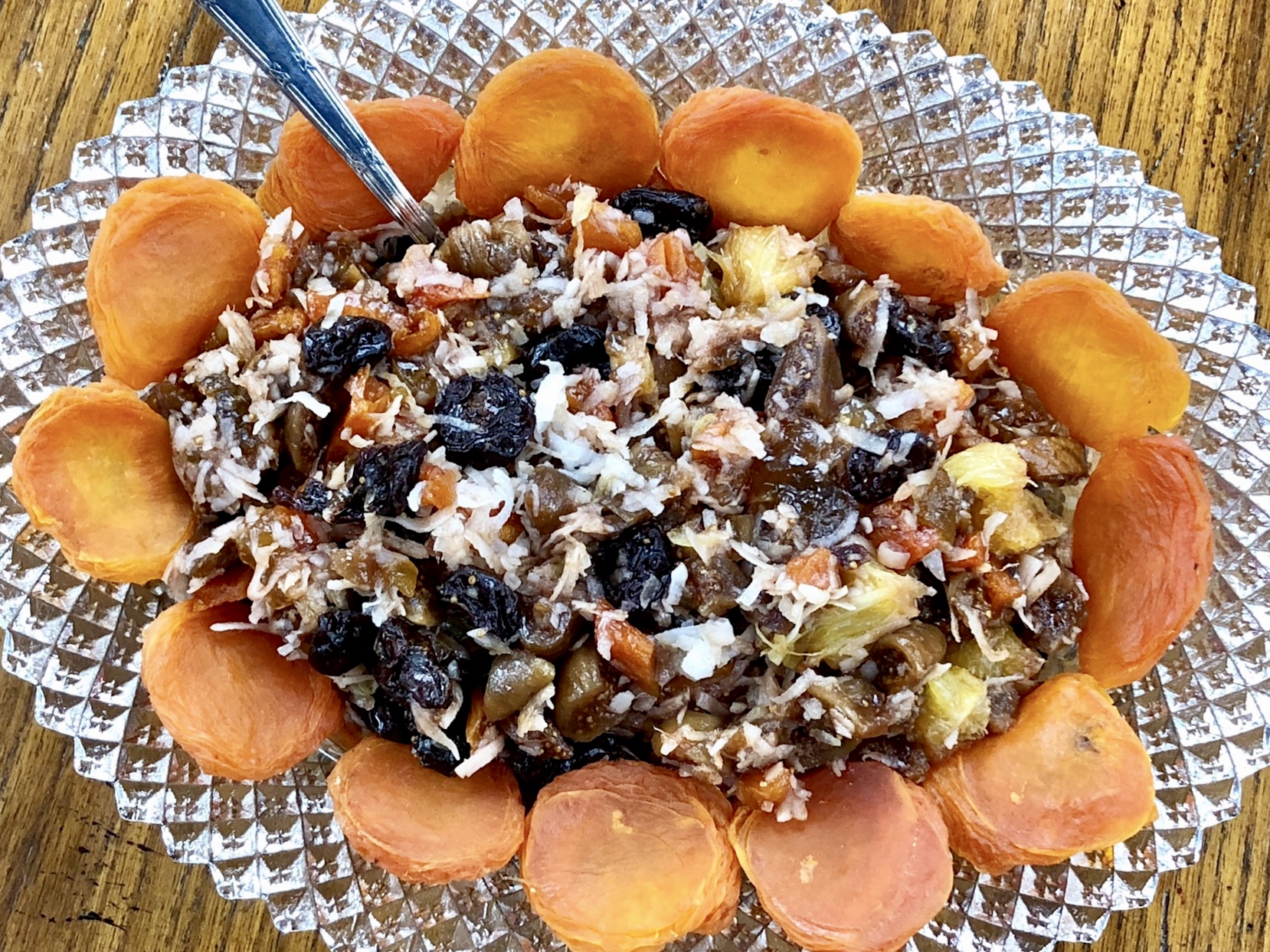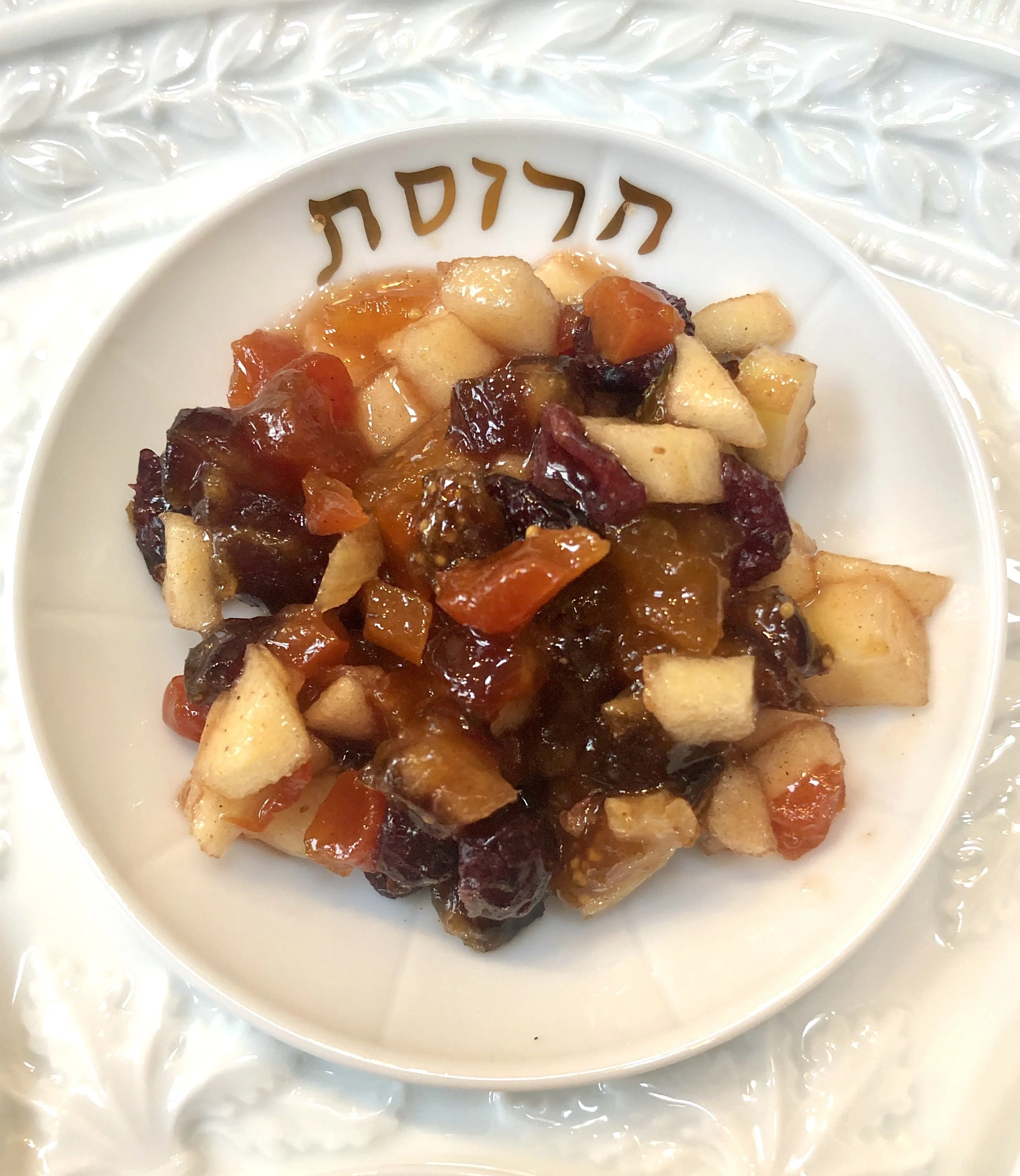A colleague of mine, Elizabeth Kurtz, who blogs at GourmetKosherCooking, has written a beautiful cookbook.
"Celebrate" celebrates not only good food and the beauty of Shabbat, but also benefits an organization called Emunah, a social service agency that helps families in physical or emotional distress -- at-risk teens, lonely seniors, young children who may have been neglected or abandoned. And much more.
The book is filled with interesting recipes. Like the Everything Bagel Chicken, which I made for dinner last weekend. You know that bagel topping that has poppy seeds and sesame seeds and garlic and all? That's a really good coating for boneless chicken breasts!
I also loved the Butternut Squash Soup with Curry and Sweet Apples, a comforting dish on cold winter days.
There's lots to love here, including the luscious photos.
But my cooking mind is turning to Superbowl this week, so I looked for a recipe that I could bring to my brother and sister-in-law's annual party. I picked the Sun-Dried Tomato Dip -- it's easy to make, you can cook it a couple of days ahead, serve it with crudites or crackers. Elizabeth says it's also wonderful as a spread for challah (I liked it with warm pita) and even as a topping for chicken or salmon (I think it would be terrific, mixed with some mayo, on a burger). I made this for my New Year's Eve get-together and everyone gave it a thumbs up! (I used vegetable stock, not pareve chicken broth).
Whether it's a day of rest, a day together with friends and football, a birthday or anything else, it's always good to celebrate with good food. Like this:
Sun-Dried Tomato Dip (from "Celebrate" by Elizabeth Kurtz)
- 1 (8-ounce) jar sun-dried tomatoes, packed in oil, drained and chopped, 1 tablespoon oil reserved
- 1/2 yellow onion, thinly sliced
- 1 clove garlic, minced
- 1 cup water
- 1/2 cup pareve chicken broth
- 1/4 cup red wine vinegar
- 1/4 cup dry red wine
- 2 tablespoons sugar
- 1/2 teaspoon dried thyme
- 1/2 teaspoon kosher salt
- 1/2 teaspoon ground black pepper
Heat reserved sun-dried tomato oil in a large skillet over medium. Add tomatoes, onion, and garlic; cook 5 to 7 minutes, stirring frequently until onion is soft and beginning to brown at the edges.
Add water, broth, vinegar, wine, sugar, thyme, salt, and pepper to skillet; bring to a boil over high heat. Reduce to a simmer, cover, and cook 30 minutes. Uncover and continue simmering another 5 to 10 minutes, or until most of the liquid has evaporated and mixture is the consistency of jam.
With an immersion blender or food processor, puree until blended but still a little chunky.
Serve warm or at room temperature with pita chips or vegetable crudite. Store refrigerated in a clean glass jar (the one from the sun-dried tomatoes works great!) if not using immediately. It will keep 2 weeks.
Makes 1-1/2 cups









